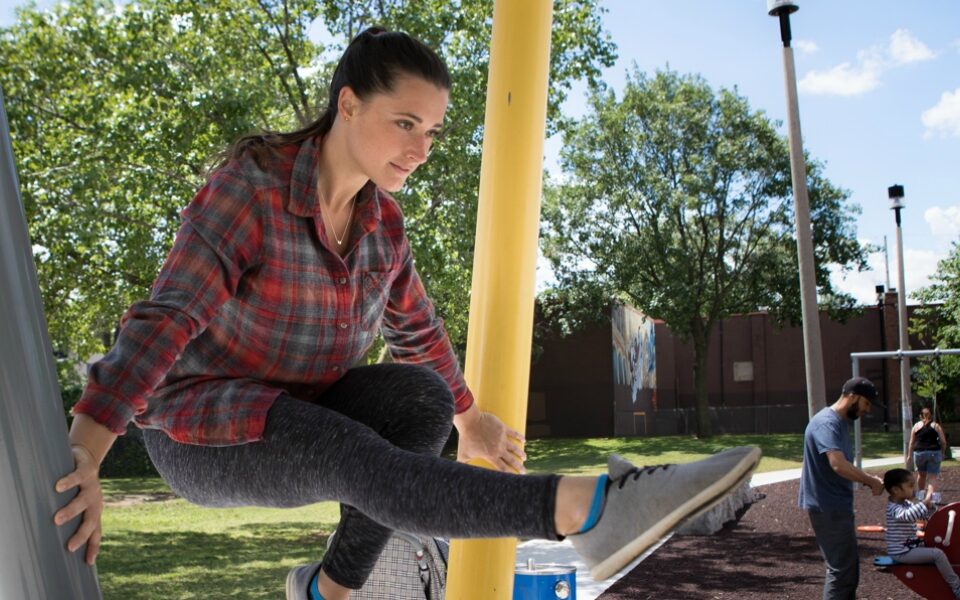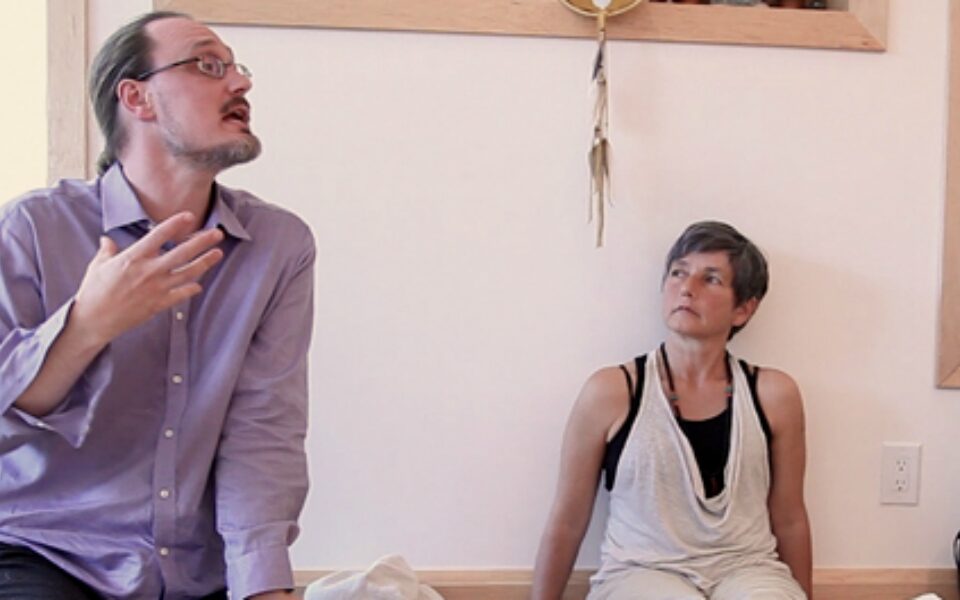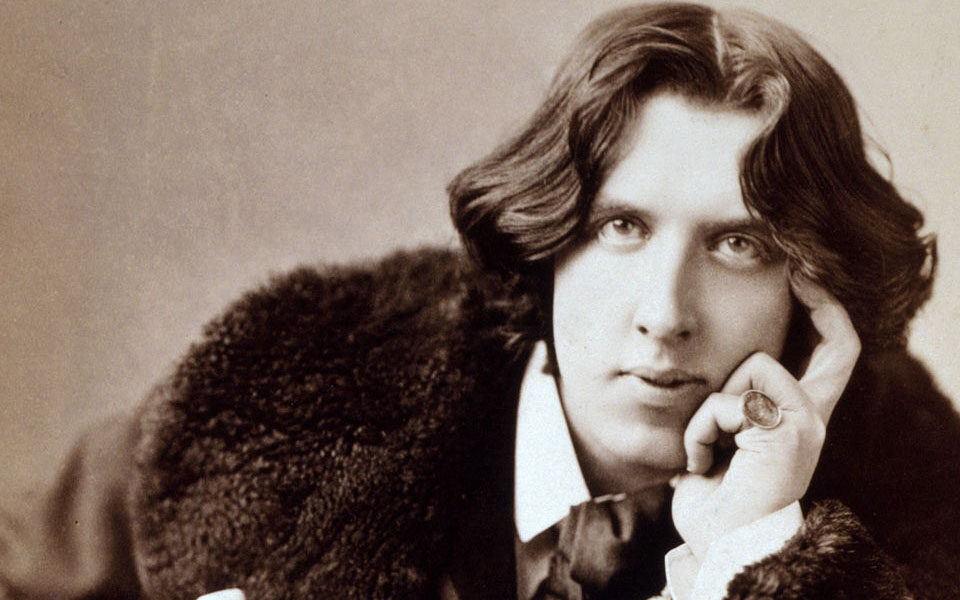February 9, 2019
I think disillusionment as a growth process actually underrated. The trick is (and this is where I think I fall down and where people, perhaps people who are critical of what I do don't get enough from me) which is that disillusionment really has to be healed by some form of re-enchantment. And so I'm working on that part, but it's hard because all of my critical work is also wrapped up in the wounds of having been a cult survivor.



